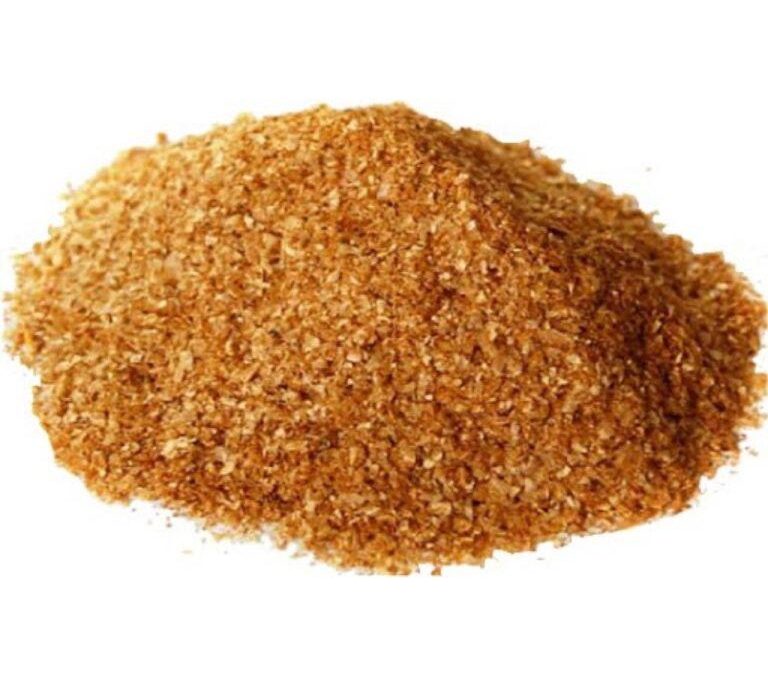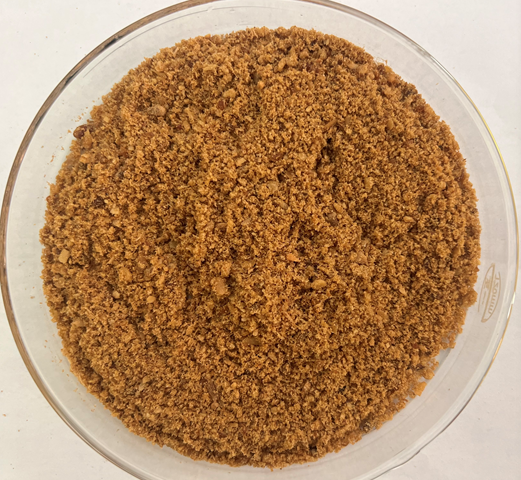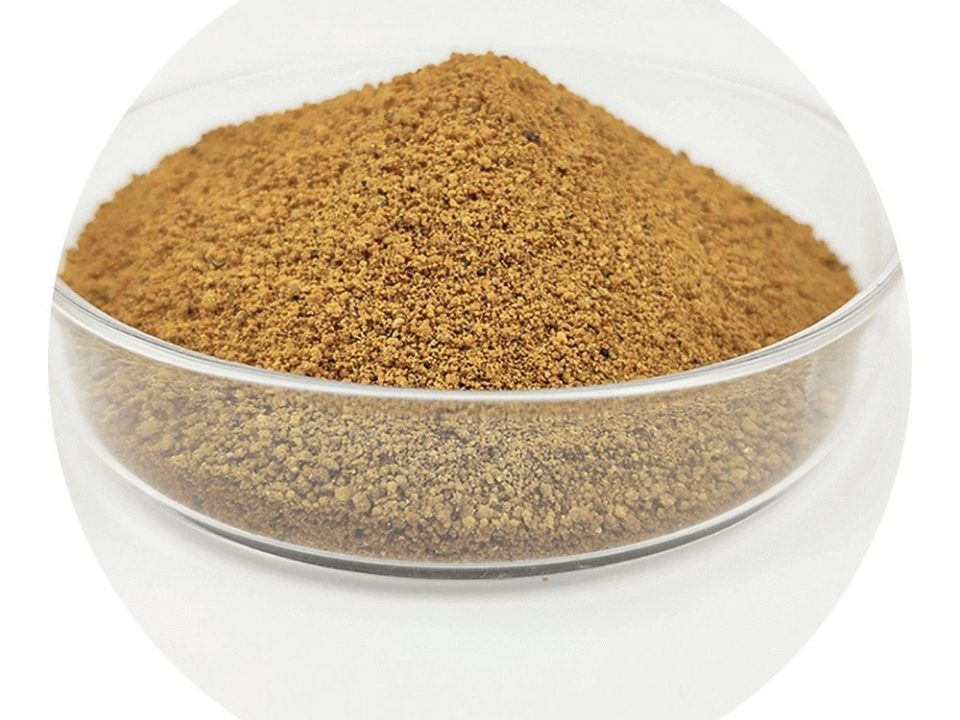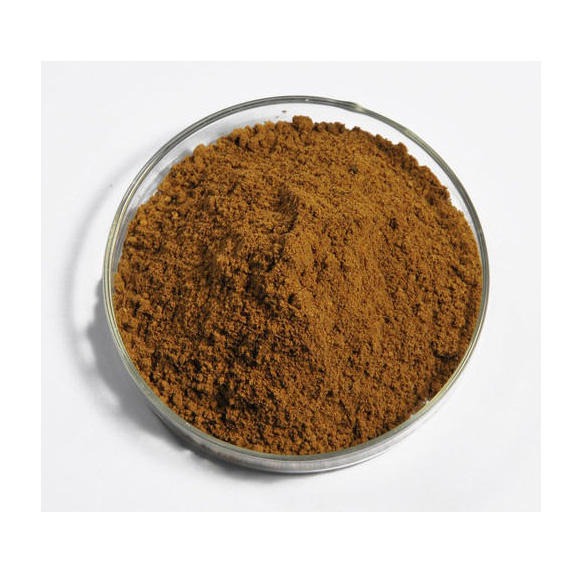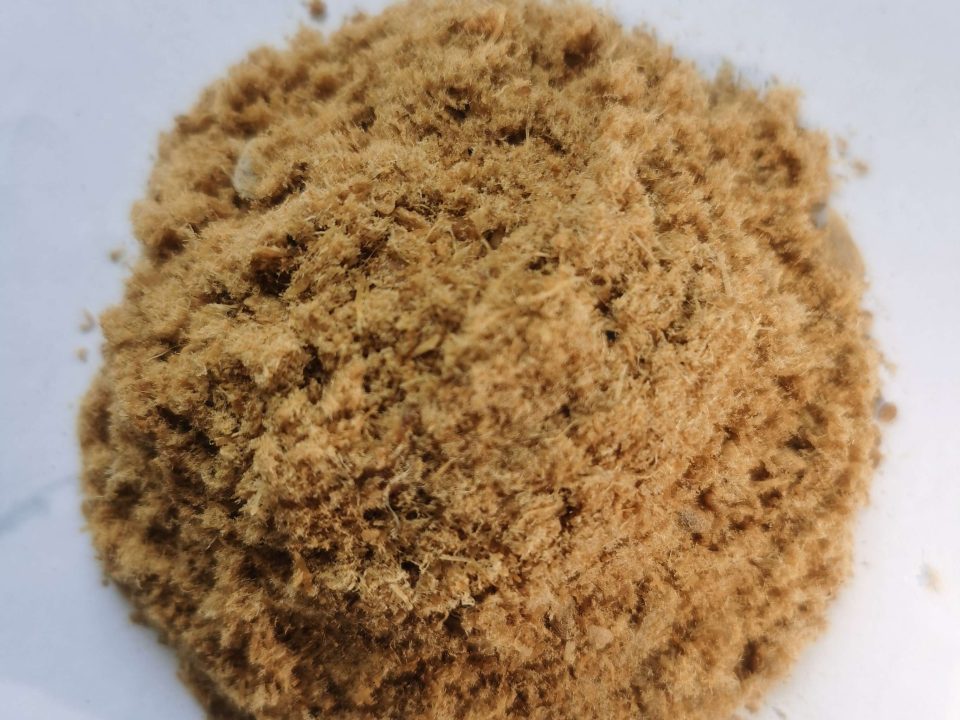Corn Gluten Meal: From Lab Growth Medium to Feed

CHICKEN INTESTINES MEAL powder
January 11, 2024
Corn Gluten Feed or Soybean Meal , Which Should I Feed?
September 24, 2024Corn Gluten Meal: From Lab Growth Medium to Feed
Introduction
Corn gluten meal (CGM) is a versatile byproduct of corn processing, primarily known for its use in animal feed and as a natural herbicide. However, its applications extend beyond these conventional uses, including its role as a growth medium in laboratory settings. This comprehensive exploration delves into the journey of corn gluten meal from its origins in the lab to its widespread use in animal nutrition. We will examine its nutritional composition, benefits, and applications, supported by detailed tables analyzing its protein, carbohydrates, minerals, vitamins, fats, and additives.
1. Understanding Corn Gluten Meal
1.1 What is Corn Gluten Meal?
-
Definition: Corn gluten meal is a high-protein byproduct derived from the wet milling of corn. It is produced during the extraction of starch from corn kernels, leaving behind a concentrated protein-rich material.
-
Production Process: The wet milling process involves soaking corn kernels in water and sulfur dioxide to soften them. The softened kernels are then ground, and the starch is separated from the gluten and fiber. The gluten is further processed and dried to produce corn gluten meal.
1.2 Historical Context
-
Origins in the Lab: Initially, corn gluten meal found its place in laboratory settings as a growth medium due to its rich nutrient profile. It provided an ideal environment for cultivating microorganisms and conducting various biological experiments.
-
Transition to Animal Feed: Over time, the high protein content and nutritional value of corn gluten meal made it an attractive option for animal feed, particularly in poultry, swine, and aquaculture.
2. Nutritional Analysis of Corn Gluten Meal
Corn gluten meal is valued for its rich nutritional composition, making it a popular choice in animal feed formulations. Below is a detailed analysis of its nutritional components:
2.1 Protein Content
-
High Protein Concentration: Corn gluten meal is renowned for its high protein content, typically ranging from 60% to 70%. This makes it an excellent protein source for livestock and poultry.
-
Amino Acid Profile: It contains essential amino acids such as methionine, which is crucial for growth and development in animals.
| Nutrient | Content (% by weight) |
|---|---|
| Crude Protein | 60-70% |
| Methionine | 1.4-1.8% |
| Lysine | 0.6-0.8% |
2.2 Carbohydrates
-
Low Carbohydrate Content: Corn gluten meal has a relatively low carbohydrate content, as most of the starch is removed during processing.
-
Energy Source: Despite its low carbohydrate levels, it provides energy through its protein and fat content.
| Nutrient | Content (% by weight) |
|---|---|
| Carbohydrates | 10-15% |
2.3 Minerals and Vitamins
-
Rich in Minerals: Corn gluten meal contains essential minerals such as phosphorus, potassium, and magnesium, which support various physiological functions in animals.
-
Vitamin Content: While not a significant source of vitamins, it does contain small amounts of B vitamins.
| Mineral/Vitamin | Content (mg/kg) |
|---|---|
| Phosphorus | 0.5-0.8% |
| Potassium | 0.1-0.2% |
| Magnesium | 0.02-0.03% |
| Vitamin B1 (Thiamine) | 1-2 mg/kg |
| Vitamin B2 (Riboflavin) | 1-2 mg/kg |
2.4 Fat and Fatty Acids
- Moderate Fat Content: Corn gluten meal contains moderate levels of fat, contributing to its energy content. The fat is primarily composed of unsaturated fatty acids.
| Nutrient | Content (% by weight) |
|---|---|
| Total Fat | 3-5% |
| Unsaturated Fatty Acids | 2-3% |
2.5 Additives
- Natural Additives: Corn gluten meal may contain natural additives such as antioxidants to enhance its shelf life and stability.
| Additive | Purpose |
|---|---|
| Antioxidants | Prevent oxidation |
3. Applications of Corn Gluten Meal
3.1 Animal Feed
-
Poultry: Corn gluten meal is widely used in poultry diets due to its high protein content and digestibility. It supports growth and egg production.
-
Swine: In swine nutrition, it serves as a protein supplement, promoting muscle development and overall health.
-
Aquaculture: Its use in aquaculture feed formulations provides essential nutrients for fish growth and development.
3.2 Natural Herbicide
- Weed Control: Corn gluten meal is recognized as a natural pre-emergent herbicide, inhibiting the growth of weed seeds while being safe for the environment.
3.3 Laboratory Growth Medium
- Microbial Cultivation: In laboratory settings, corn gluten meal serves as a nutrient-rich medium for cultivating microorganisms, supporting research and experimentation.
4. Benefits and Limitations
4.1 Benefits
-
Nutrient-Rich: Provides essential nutrients, supporting growth and health in animals.
-
Versatile Applications: Used in various industries, from agriculture to research.
-
Environmentally Friendly: As a natural herbicide, it offers an eco-friendly alternative to chemical weed control.
4.2 Limitations
-
Amino Acid Imbalance: While rich in protein, it may lack certain essential amino acids, requiring supplementation in animal diets.
-
Potential Allergens: Some animals may be sensitive to corn-based products, necessitating careful dietary planning.
Conclusion
Corn gluten meal is a multifaceted product with applications ranging from animal nutrition to natural herbicides and laboratory growth media. Its rich nutritional profile, particularly its high protein content, makes it a valuable resource in various industries. By understanding its composition and benefits, we can continue to harness its potential in innovative and sustainable ways. If you have any more questions or need further details, feel free to ask!


